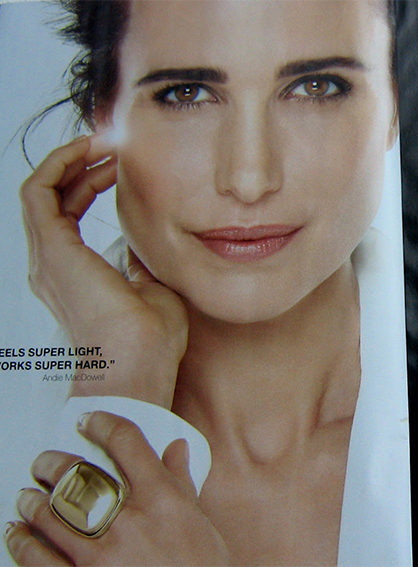Charles T. Low Photography
Blog
Self-Contained Photographer
(Get Edgy!)
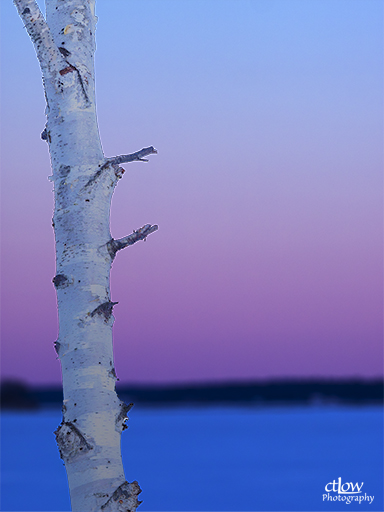
Winter Birch escaping the edges
I mentioned the other day at the Brockville and Area Photography Club, that I scan through glossy fashion-magazines occasionally, to keep in touch with the high-end photographic community's standards.
We were talking about lighting, but it reminded me of "containment"—many photographers like to include their entire subject within the frame.
Most often, I do too. The elite among fashion-photographers seem to feel no such compunction.
And it doesn't bother us; we never even think about it.
Next time you're leafing through a Cosmo or Vague, look at the so-called beauties featured there, and see for yourself.
The Birch/Winter/River photograph, above, serves as an example, in which I have quite deliberately decided where to let parts of the image leave the frame. And I think that it's fine.
We delimit everything, of necessity, so some material will always reside just outside the border, and we can never get around that. We do have to decide whether to contain the primary subject itself, or to let parts of it go.
And, indeed, one of the adages for aspiring photographers enjoins us to "close in on our subject", with a view to eliminating distractions; "fill the frame". (It does not command us—these all fall, as always, into the category of "tools, not rules"—simply something to consider on an individual-image basis.)
The non-rule, however, does not say anything about how close it means by close, and I will suggest today that cutting the subject off at the edge(s) often works very well.
It does lead to ticklish issues of where to cut things off, and here we have to call in our larger knowledge and skills on composition. It becomes particularly delicate with portraiture, and entire sets of guidelines exist on what generally works and what generally does not. The book I read most recently on this topic, The Photographer's Guide to Posing, by Lindsay Adler, reviews this in considerable detail (e.g. don't cut someone off through a joint).
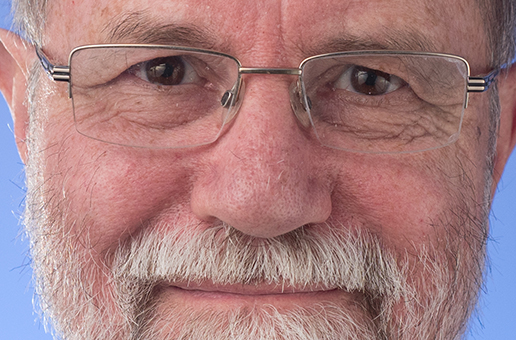
Cropped, and loving it
But to cut through some clutter, remember that we have types of portraits called headshots, and types called busts. So we do not have to question whether we may ever cut subjects off (whether animate or otherwise) at the edges; but when we do, we do have to question where.

Curly Winter Grasses
What about the problem of "leading lines"? If we let parts of our subject escape the frame, then how do we engineer it so that the viewer's eye rests within it? As an oversimplification, I will simply point out that I didn't say to let lines escape—I'm thinking more of shapes.
Even with a lot of lines, does your eye try to leave the frame in the Winter Grasses photograph? Mine doesn't. Now, again, I composed it quite intentionally, trying to keep leading the eye back in. No individual line in that image works in isolation.
(Thornier question: do we even always want the viewers eye to "rest"? I'm going to suggest almost always ...)
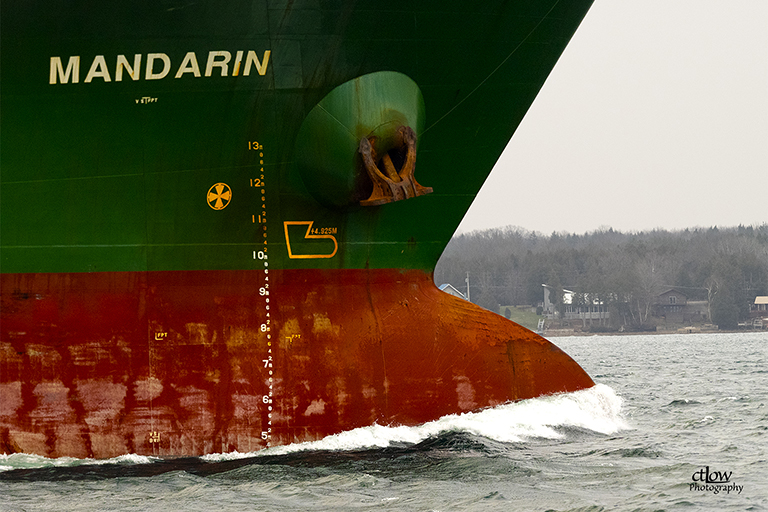
Freighter Mandarin - bow detail
The freighter-ship has a lot missing, and ... I like it like that!
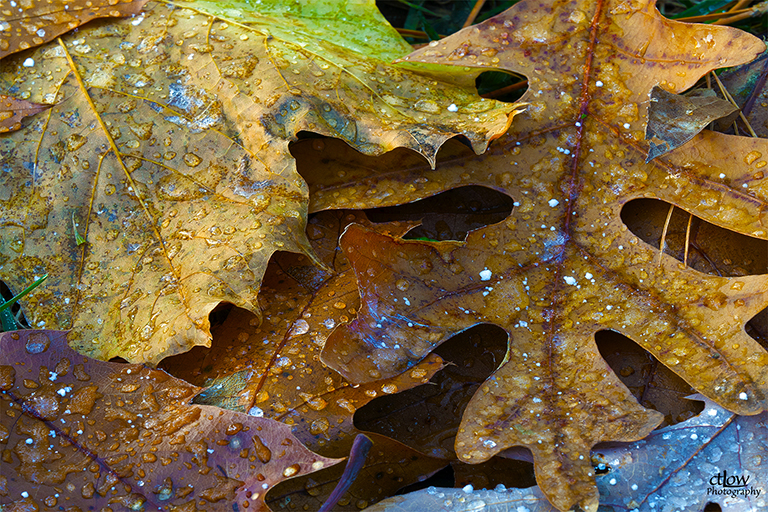
Autumn Leaves
You won't find any single leaf completely inside the frame in the Autumn Leaves image.
I aim, in showing all of these, to prompt you to think about whether the issue would have ever even occurred to you, had I not pointed it out. And yet we all—myself most definitely included—operate so often under that the assumption that we have to "get everything in"; we do not.

Brockville Railway Tunnel
With our belovèd Brockville Railway (Walking) Tunnel, I felt no qualms over letting the edges go outside the edges.
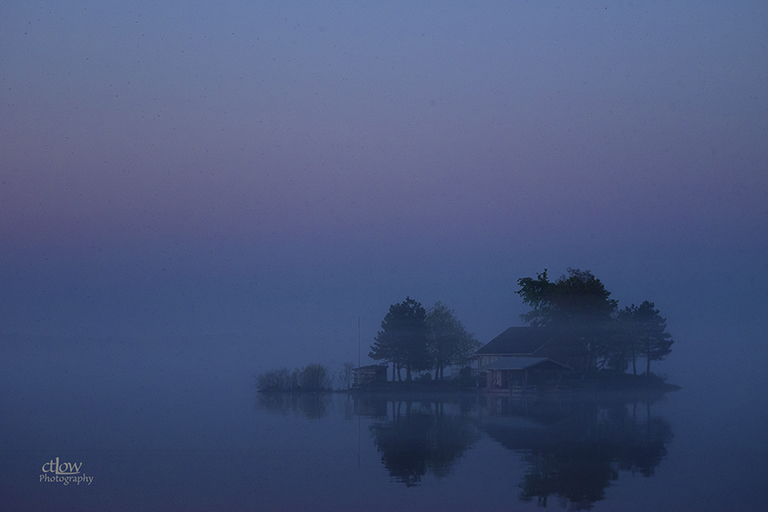
Thousand Islands foggy dawn
The island-in-fog tree-reflection touches the lower border.

Brockville Waterfront East Cliffs
Neither the lower edges of the dock nor the top of the cliff reside within the frame, plus ... I simply had to choose where to stop at each end. (Otherwise, it was going to be a lo-o-ng panorama.)
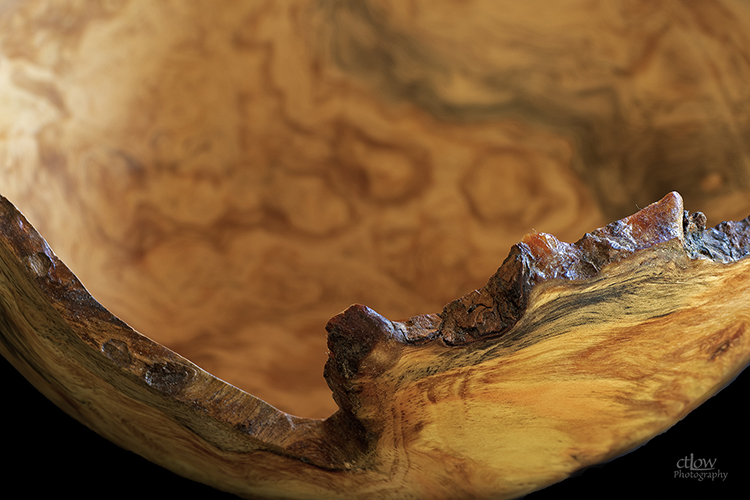
Besharah Woodturning edge detail
I wanted to show detail along the rim of one of Lance Besharah's amazing wood-turnings, and simply had to let the bowl run off the edges in every direction. I think it works!
(By the way, if you like that way that turned out, then consider a commercial commission. Lance said:
"I love what you have done. It exceeded my expectations.")
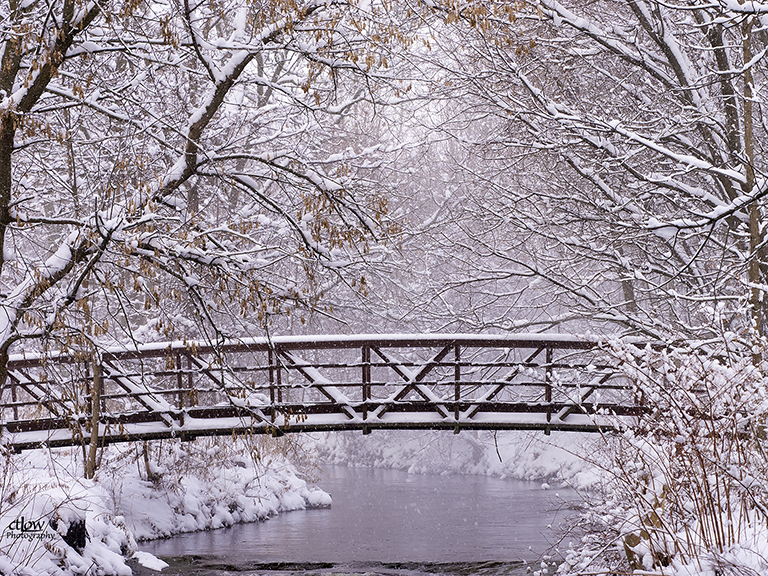
Neither bridge nor trees contained
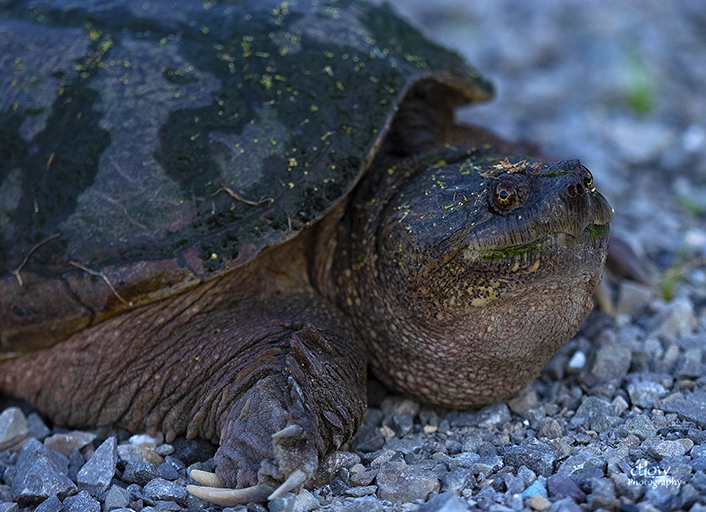
Snapping Turtle Close-up
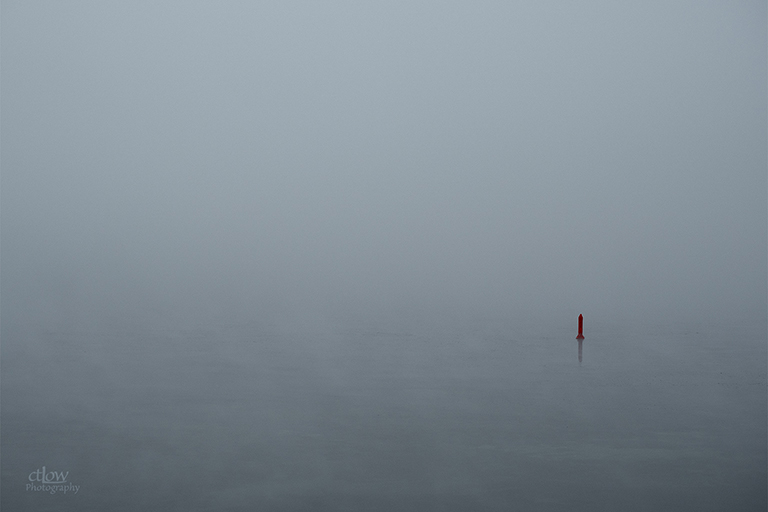
Sometimes, however, context is everything
The Edgy Photographer
Conclusion
With carefully selected images, "fill the frame" to bursting, and let the primary subject run off the edges.
Thank you all so much for reading. Please refer friends and associates! I would love to hear from you.
Almost anything you see on this site is for sale.
Charles T. Low
Photographer
Blog #64
